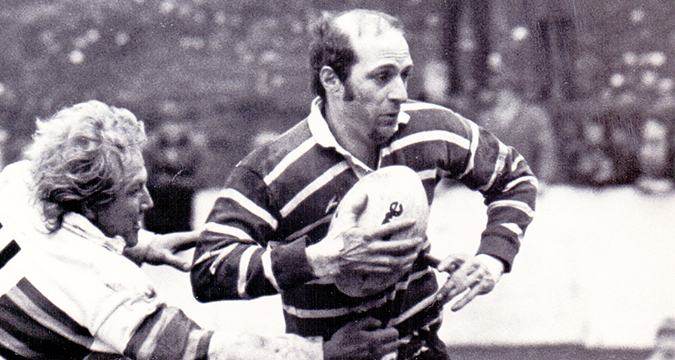 JOHN NEWLOVE was the Featherstone Rovers captain when they won the Challenge Cup in 1973 as his two tries helped them beat Bradford Northern 33-14.
After a dozen years at Post Office Road, he left for an Indian summer at Hull, where he played in a team that won every league match in 1978-79, won a Floodlit Trophy and played again at Wembley. His
JOHN NEWLOVE was the Featherstone Rovers captain when they won the Challenge Cup in 1973 as his two tries helped them beat Bradford Northern 33-14.
After a dozen years at Post Office Road, he left for an Indian summer at Hull, where he played in a team that won every league match in 1978-79, won a Floodlit Trophy and played again at Wembley. His Rugby League Heroes: John Newlove
 JOHN NEWLOVE was the Featherstone Rovers captain when they won the Challenge Cup in 1973 as his two tries helped them beat Bradford Northern 33-14.
After a dozen years at Post Office Road, he left for an Indian summer at Hull, where he played in a team that won every league match in 1978-79, won a Floodlit Trophy and played again at Wembley. His
JOHN NEWLOVE was the Featherstone Rovers captain when they won the Challenge Cup in 1973 as his two tries helped them beat Bradford Northern 33-14.
After a dozen years at Post Office Road, he left for an Indian summer at Hull, where he played in a team that won every league match in 1978-79, won a Floodlit Trophy and played again at Wembley. His 